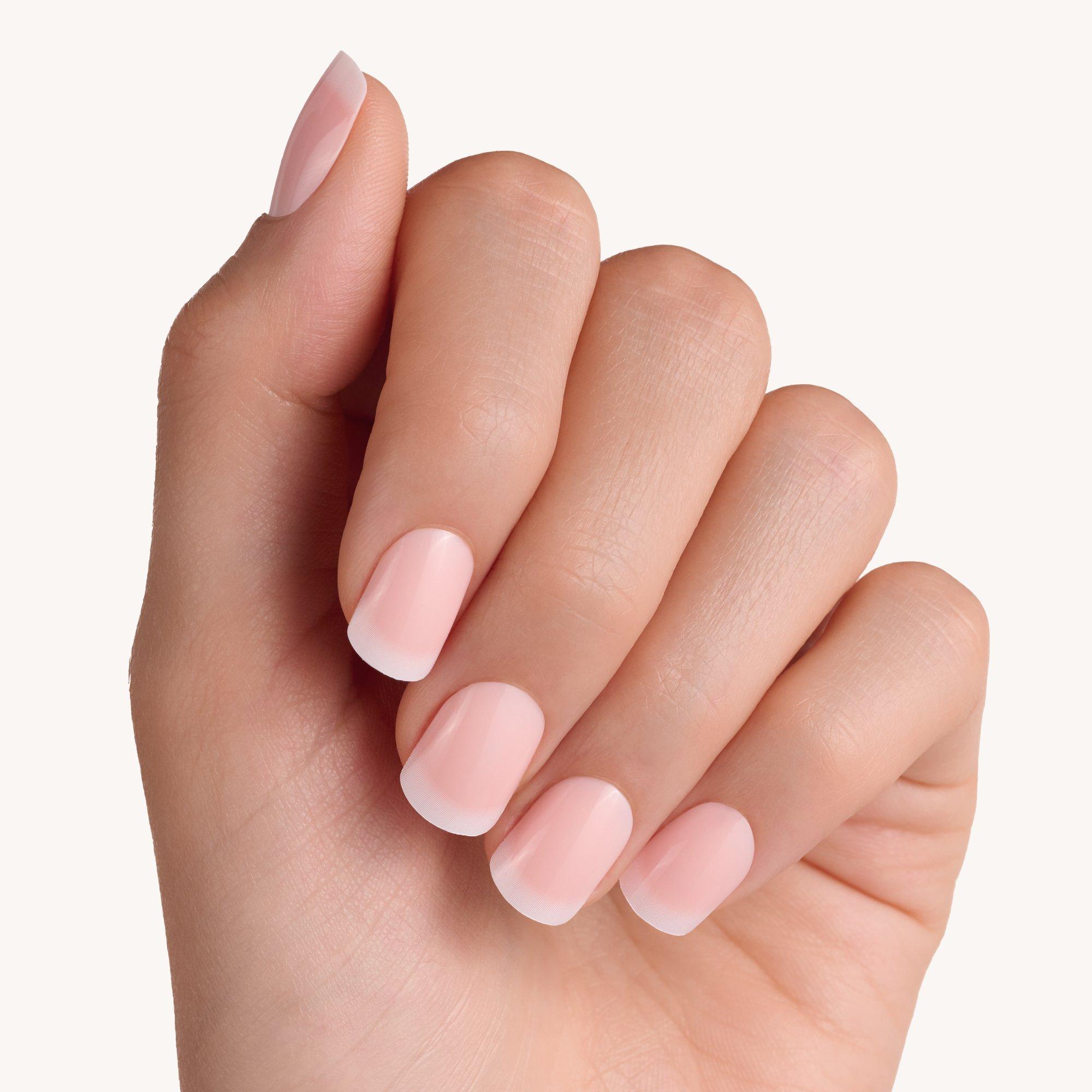French nails have stood the test of time, evolving from the simple, elegant designs that first gained popularity decades ago to the more creative variations we see today. Whether you're a nail enthusiast looking to achieve the classic look or someone interested in the latest trends, French nails are a staple of any manicure toolkit. This guide will walk you through everything you need to know about French nails, from their origins to the best techniques and styles available today. By the end of this post, you'll feel confident enough to create your own version of this timeless design.
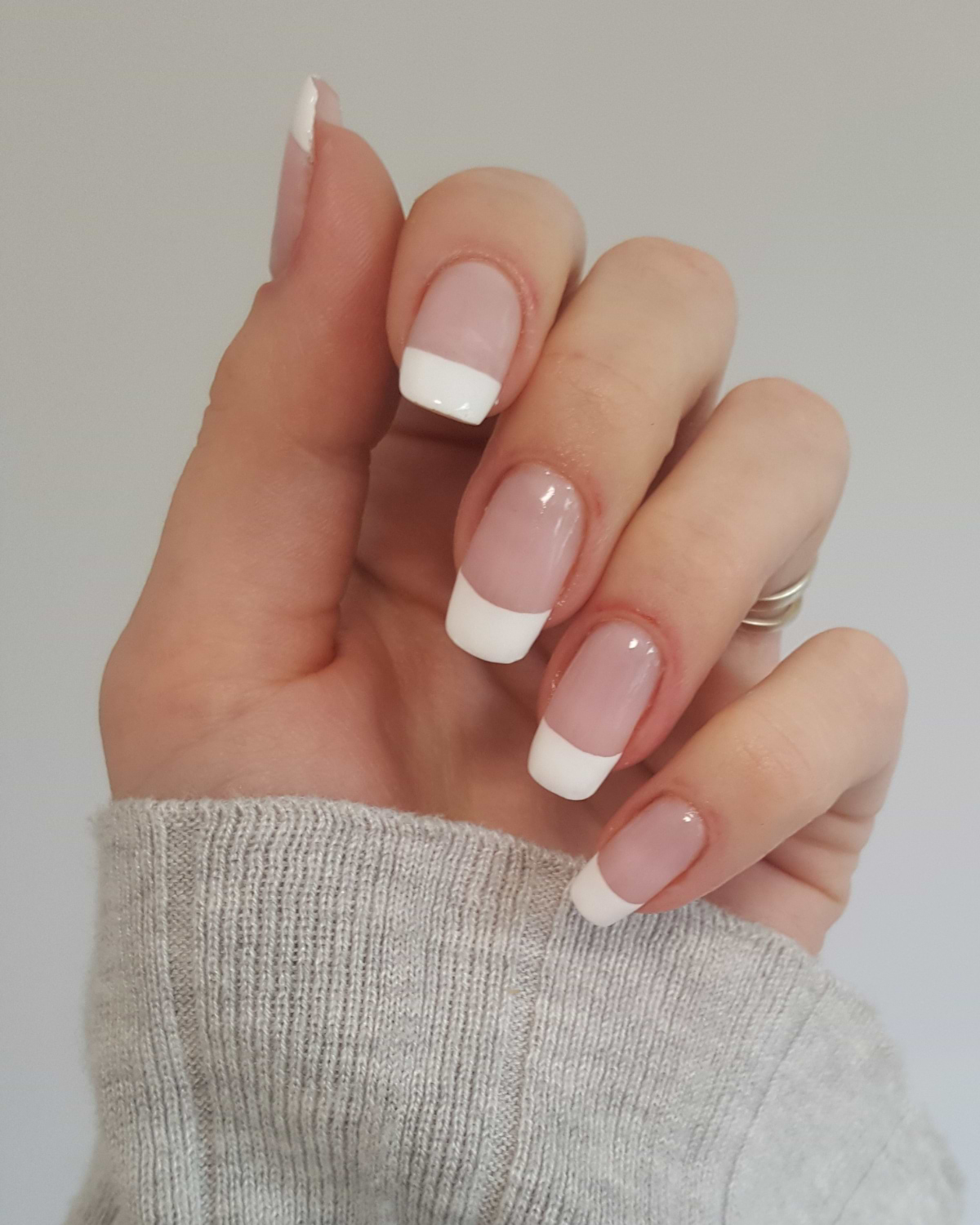
1. French Nails Origin: French nails may not be as French as they sound. The term is believed to have been coined in the 1970s by an American manicurist. Despite this, the design quickly became synonymous with understated, Parisian-style elegance. The classic French manicure features a nude or pale pink base with white tips, creating a natural yet polished appearance. Its timeless appeal is a testament to how less is often more when it comes to fashion.
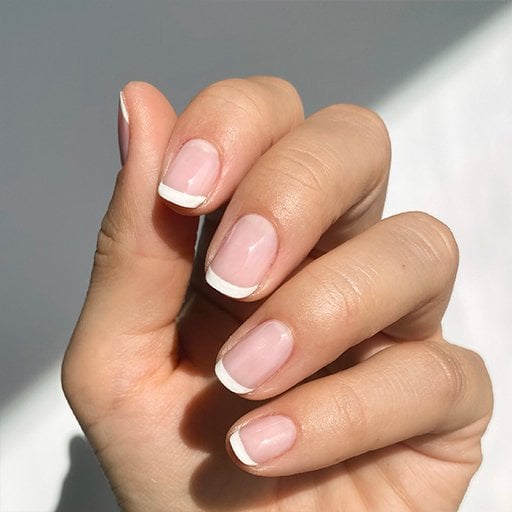
2. Tools You Need for French Nails: To achieve the perfect French manicure, having the right tools is essential. You will need a base coat, a nude or pinkish polish, white nail polish, a top coat, and some optional tools like nail guides or striping tape to get those crisp white lines. A high-quality nail buffer can also help achieve a smooth, even finish that elevates your French nails to a professional level.
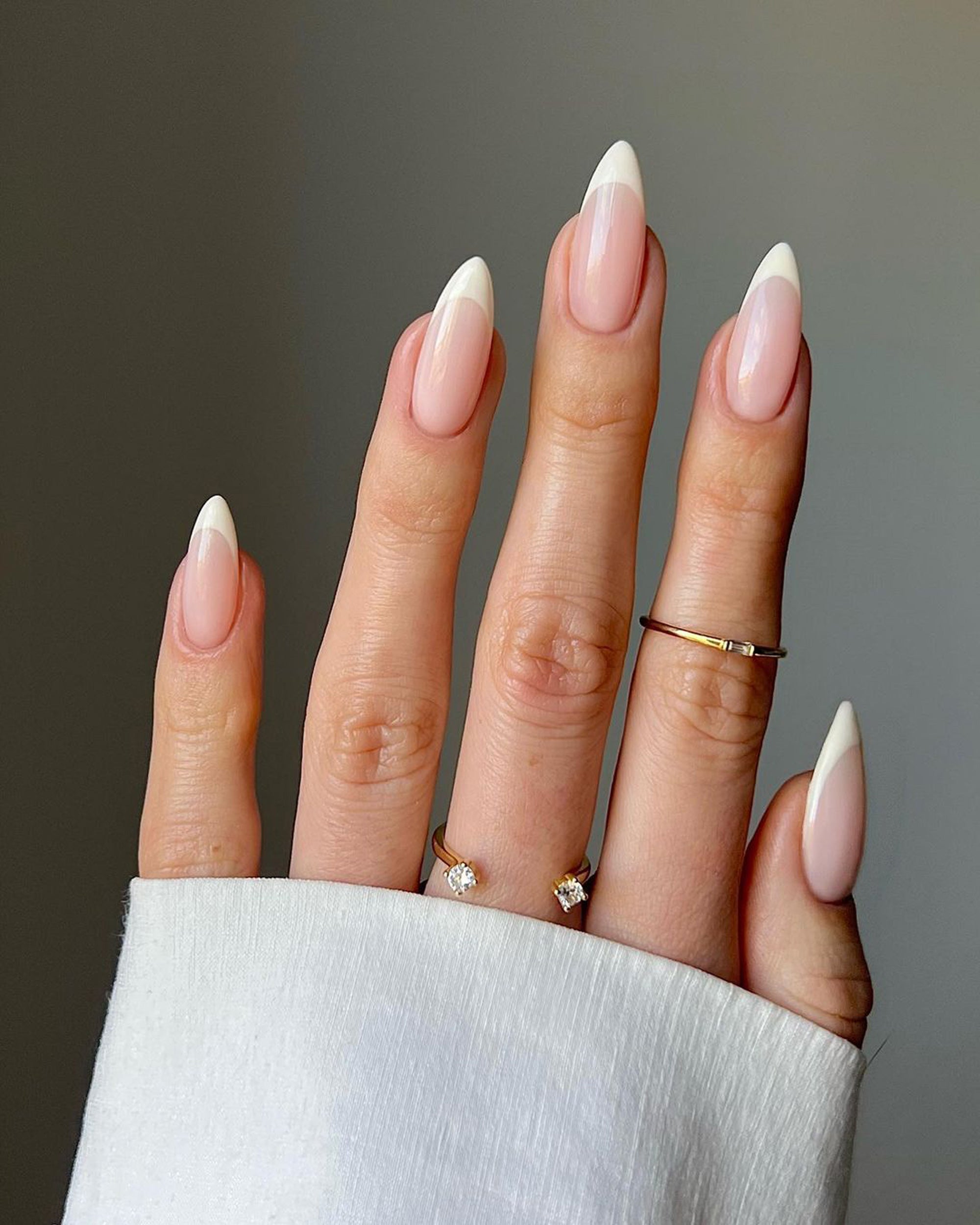
3. Techniques for Flawless White Tips: Getting those crisp, white tips on French nails can be tricky if you don’t know the technique. One of the most popular methods is using nail guides. These adhesive strips help maintain a neat line, but you can also use freehand techniques if you're more experienced. The trick is to keep the brush steady and start from the edges, pulling toward the center of the nail.
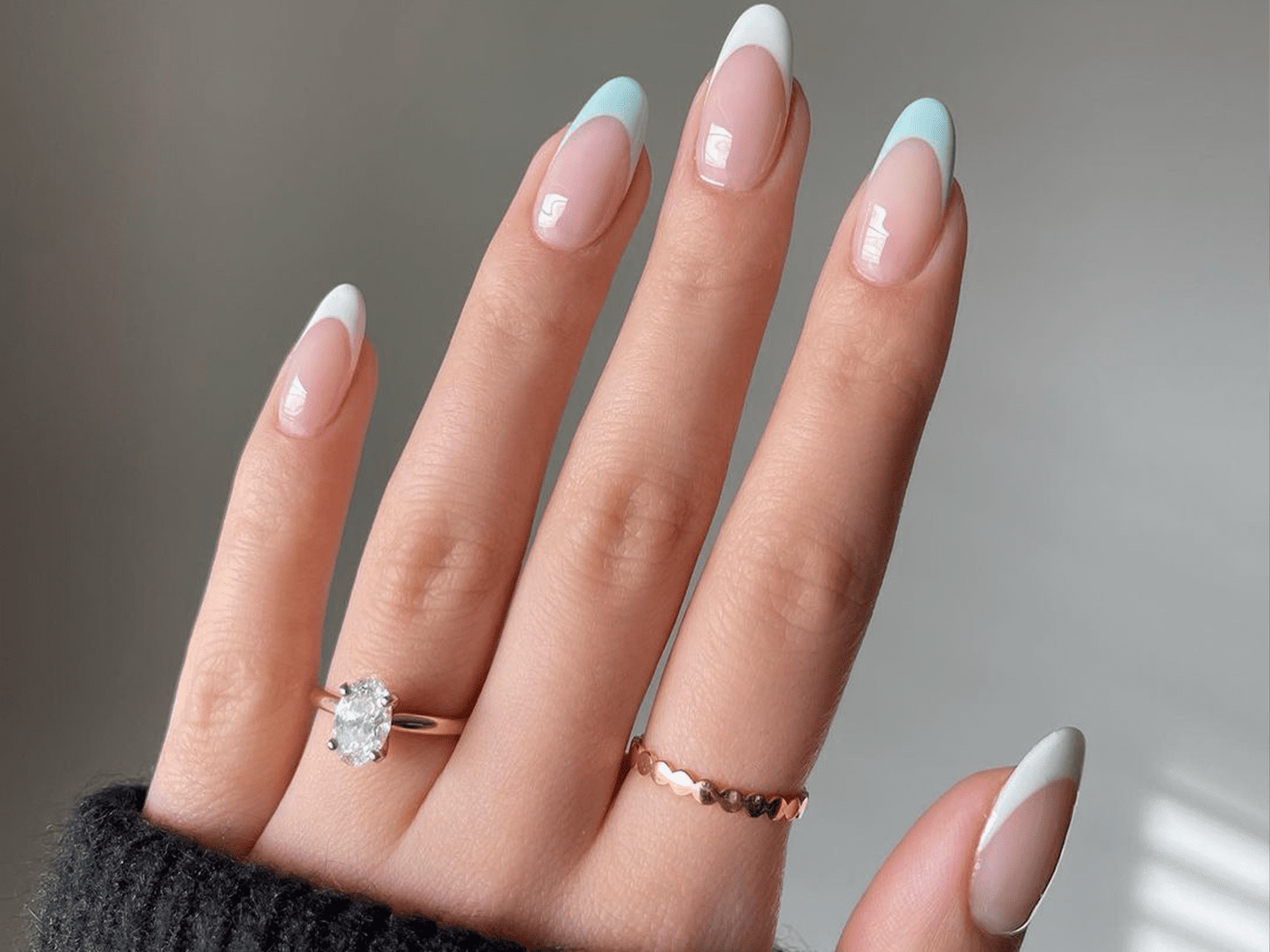
4. Modern French Nail Variations: While the classic design remains a favorite, French nails have adapted to modern trends with variations in color, texture, and design. Some popular twists include ombre French nails, glitter tips, or using bold, bright colors in place of the traditional white tips. Another trend is the reverse French manicure, where the white part is at the base of the nail instead of the tip. These variations allow for more creativity while still honoring the elegance of the original look.
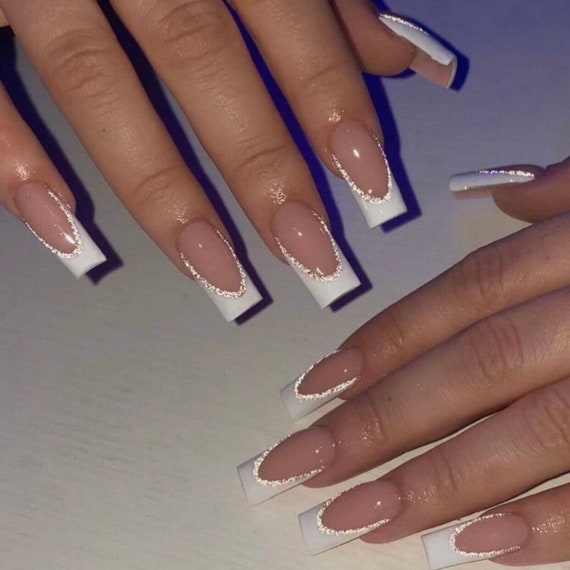
5. Gel vs. Traditional Polish for French Nails: When deciding between gel or traditional polish for your French nails, it’s important to consider the benefits and drawbacks of each. Gel polish offers a more durable, longer-lasting finish, but it requires UV light to cure and is more difficult to remove. Traditional polish, while easier to apply and remove, might chip faster, requiring more frequent touch-ups.
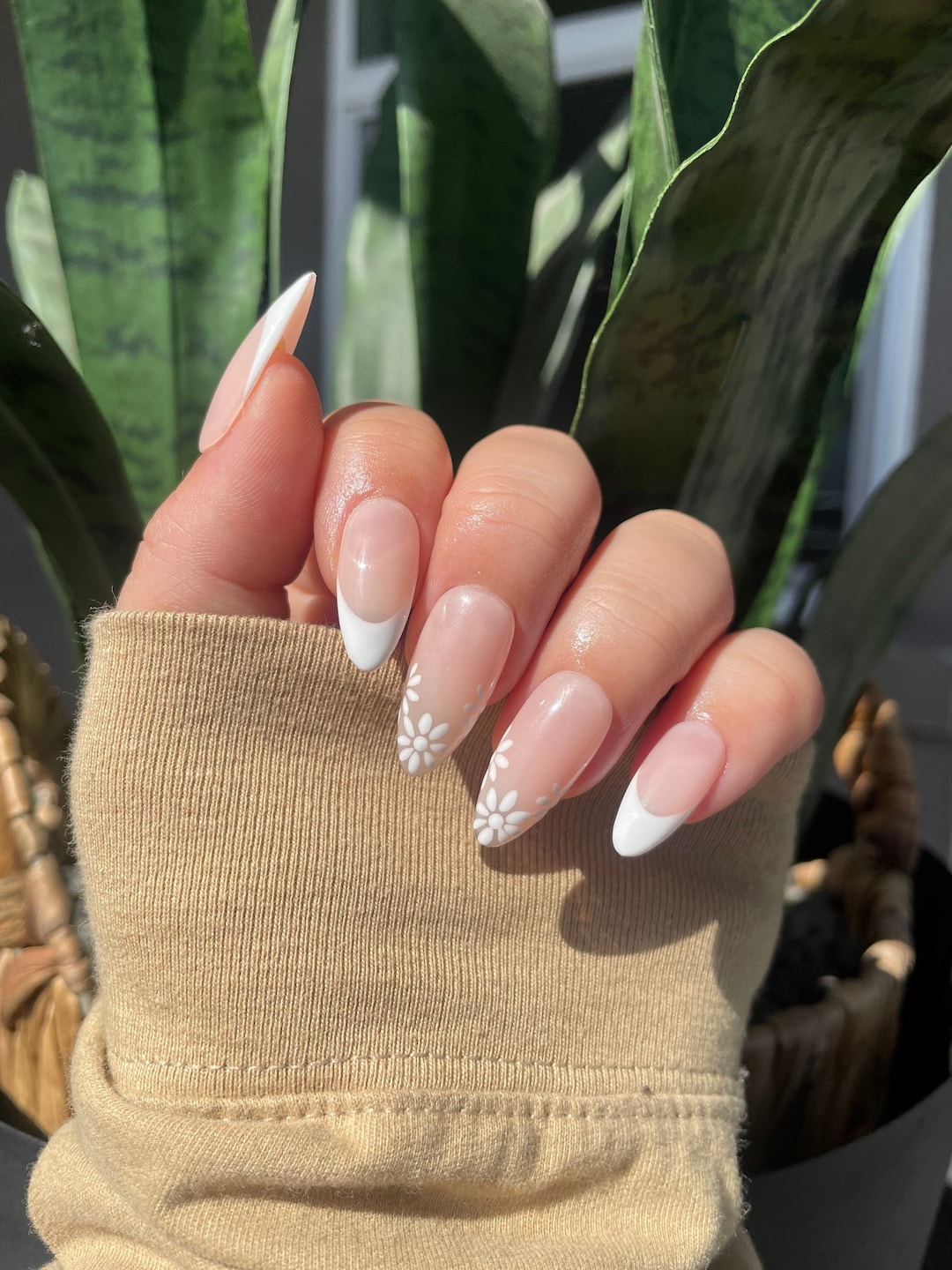
6. How to Maintain Your French Nails: To keep your French nails looking fresh, proper maintenance is key. Regularly apply cuticle oil to keep the nail bed hydrated, and avoid using your nails as tools to prevent chipping or lifting. You can also apply a fresh top coat every few days to extend the life of your manicure. These small steps will ensure your French nails stay flawless for as long as possible.
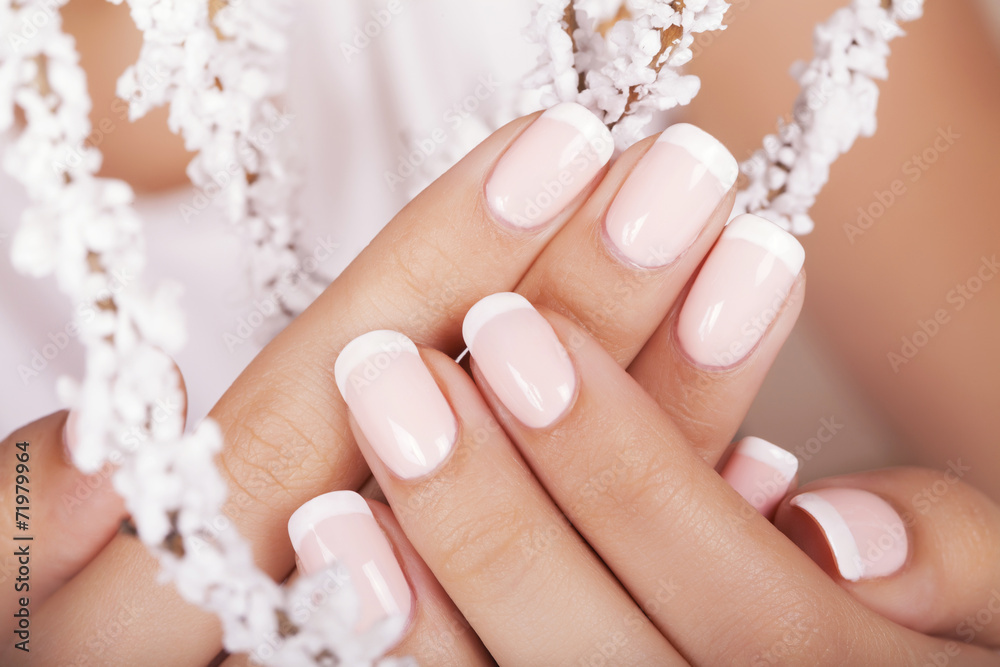
7. French Nails for Different Occasions: One of the reasons French nails are so popular is their versatility. They’re perfect for everything from casual days at work to formal events. You can switch up the style by adding rhinestones, glitter, or even tiny designs to suit the occasion. For weddings, many brides choose a classic French manicure, while others opt for more elaborate designs that still incorporate the clean, elegant lines of the French nail.
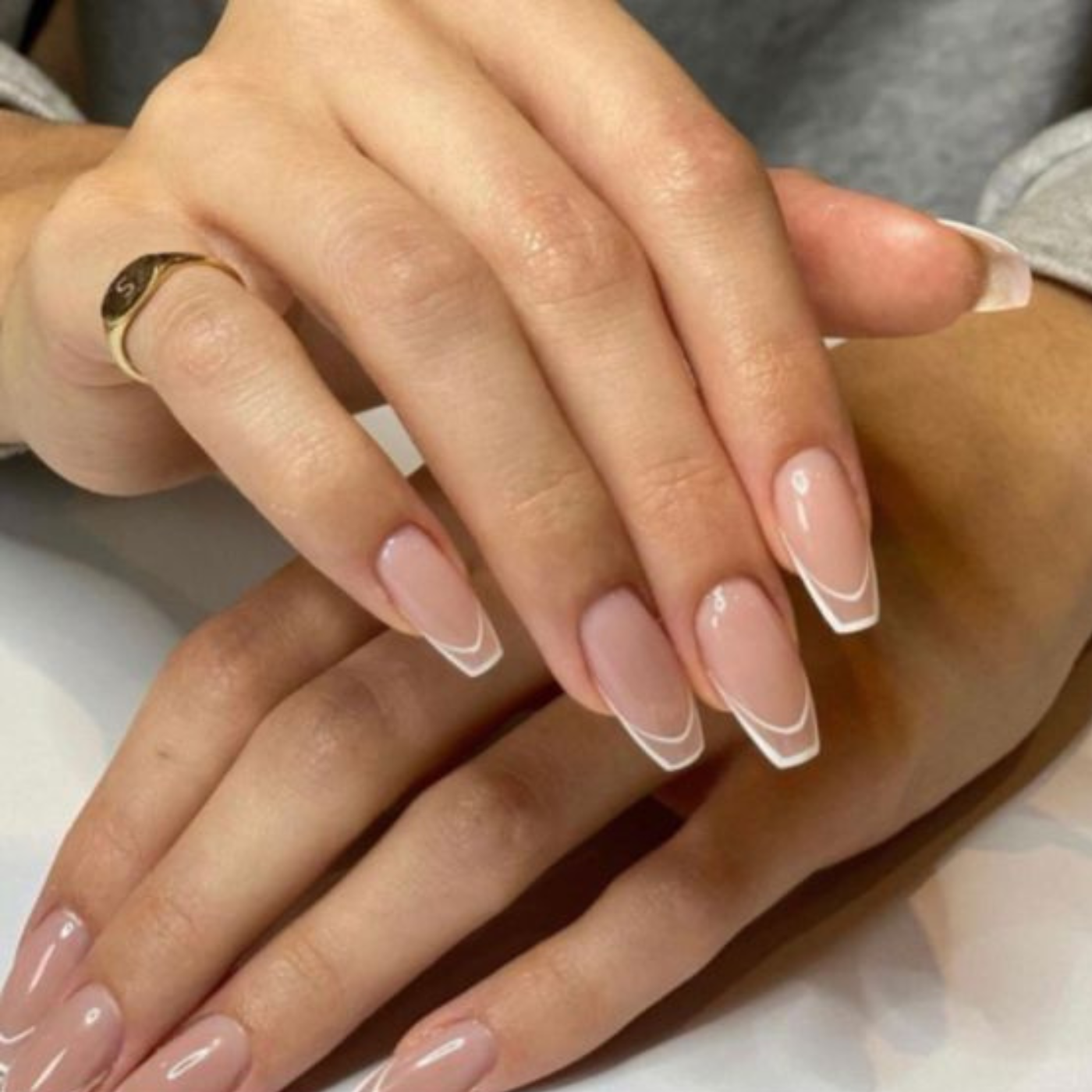
8. DIY French Nails at Home: Getting a French manicure at a salon can be pricey, but with the right tools and a bit of patience, you can achieve the look at home. Start by prepping your nails—trimming, filing, and buffing them to a smooth surface. Apply a base coat, followed by your chosen nude or pinkish shade, then use nail guides or freehand the white tips. Finish with a top coat to seal the look. DIY French nails are not only cost-effective but also give you the satisfaction of mastering the technique yourself.
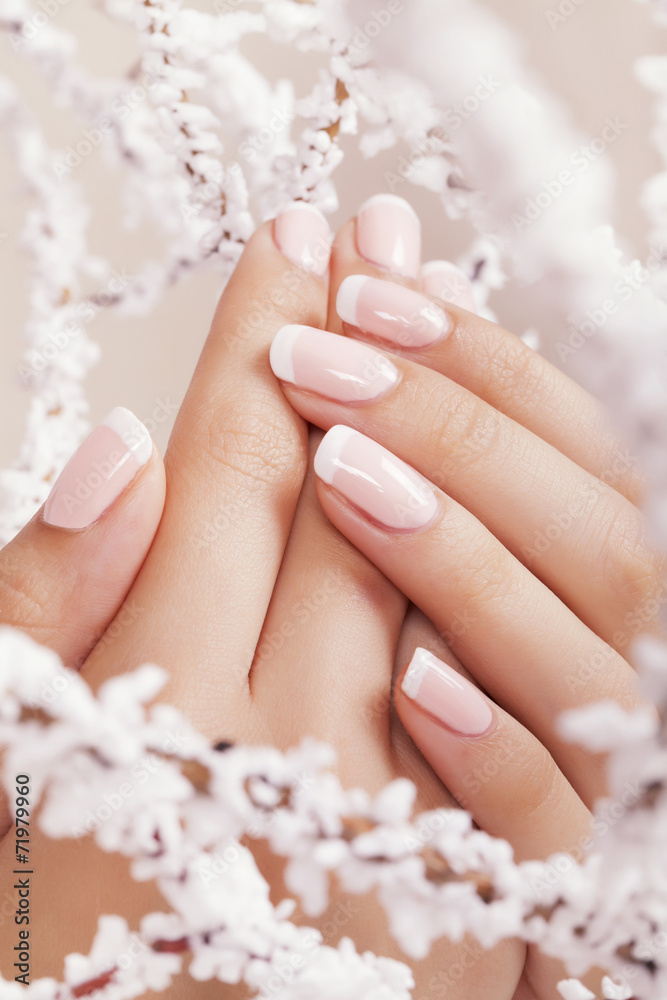
9. Common Mistakes to Avoid: When doing French nails at home, a few common mistakes can ruin the look. Avoid overloading your brush with polish, as this can lead to uneven lines. Also, make sure your base color is completely dry before applying the white tips to prevent smudging. Lastly, don't forget to cap the edges of your nails with the top coat, as this will help prevent chipping.
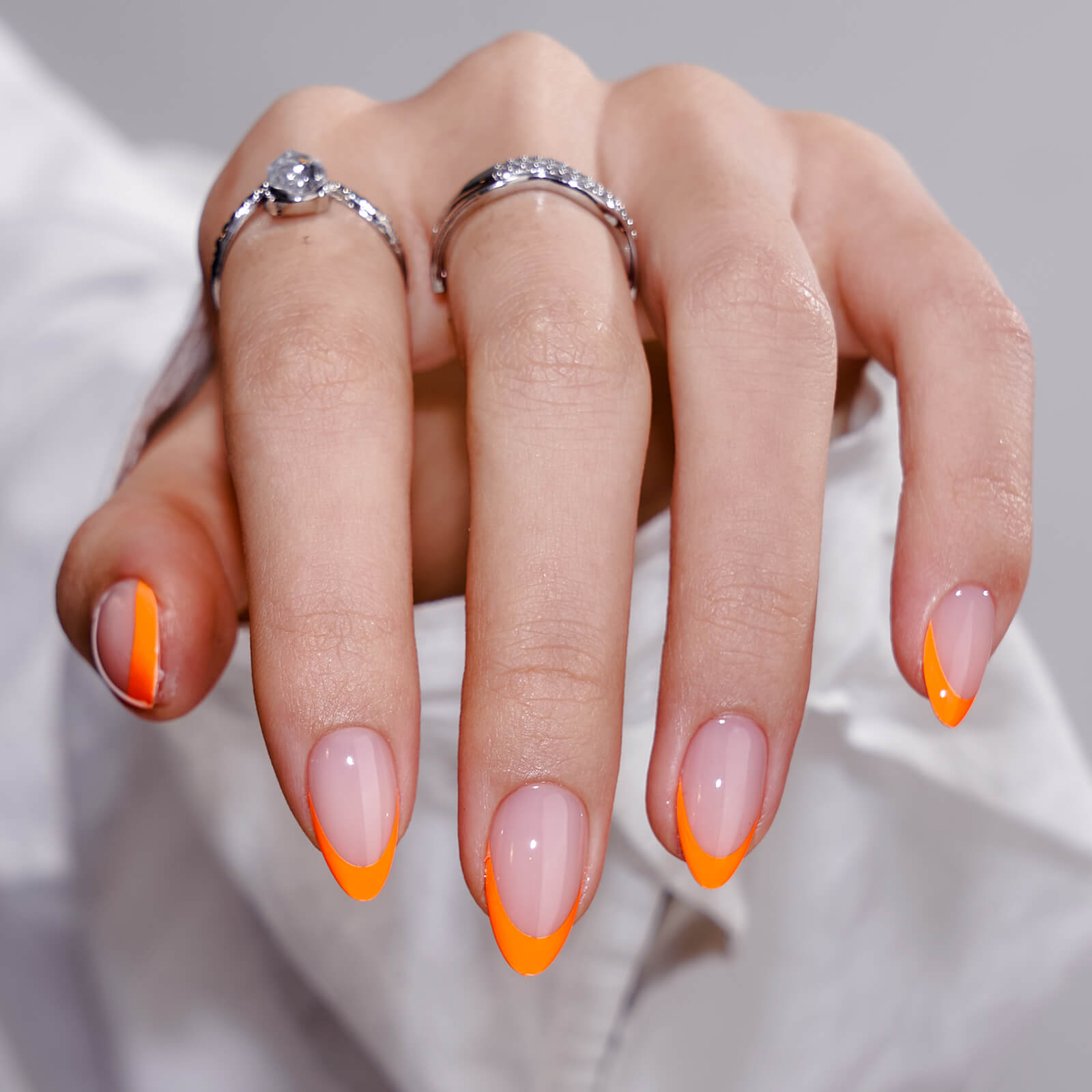
10. Best French Nail Designs for 2024: As nail trends evolve, so does the French manicure. For 2024, expect to see more experimentation with textures, such as matte finishes or holographic tips. French nails with intricate line work, metallic accents, or minimalist dots are also trending. These designs maintain the simplicity and elegance of the French nail while giving it a fresh, modern twist.
